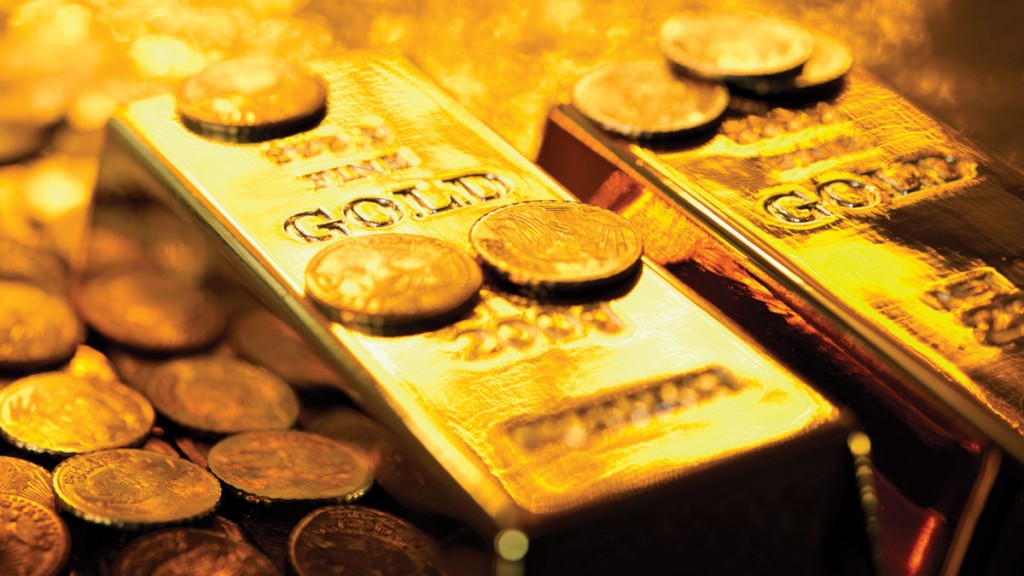
Gold has jumped by almost 30% since early January, and is back to two-year highs around $1,350 an ounce. Overall demand for gold rose by 18% year-on-year in the first half, according to the World Gold Council. Investors’ appetite for gold more than doubled. No wonder, then, that precious-metal funds accounted for all ten best-performing funds in Europe and the US in the first seven months of 2016, according to fund-research firm Morningstar.
One key reason for gold’s ascent is the weak US data of recent months, which has made the next interest-rate hike an ever more distant prospect. As gold has no yield, a low-interest-rate environment bolsters its relative appeal. More broadly, people appear to be getting increasingly worried about where this central bank activism will lead. Not only has all the money printing failed to engender a strong and sustainable economic recovery, but central banks have blown up huge bubbles in asset markets and just keep pumping in air.
“The current path of monetary and credit expansion is unsustainable” that will eventually come to an end, says Diego Parilla in the Financial Times. This is “extremely bullish” for gold. Meanwhile, investors are mostly concerned about the risk of deflation and stagnation, which means that a return of inflation would come as a nasty surprise, triggering demand for a traditional store of value. The tight US labour market and the fall in the pound suggest that the US and the UK will be the source of concern over rising prices in the next few months.